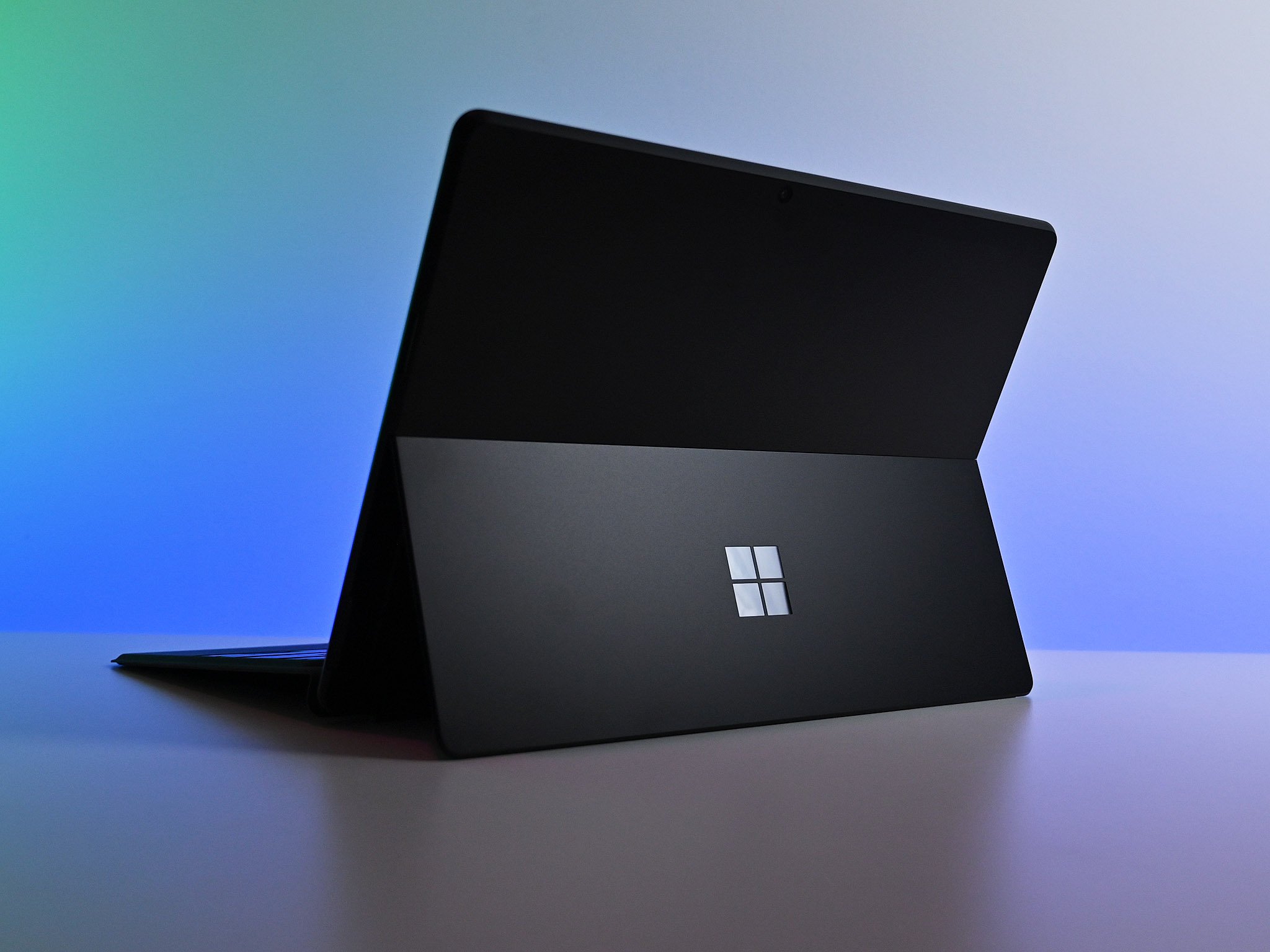 Source: Daniel Rubino/Windows Central
Source: Daniel Rubino/Windows Central
Last week when Microsoft unveiled Windows 11, it showed the operating system running on the Surface Pro X during part of the event. That segment focused on how the OS is optimized for touch and showcased several new features. Now, that clip is available from Microsoft on its own. Microsoft also has a blog post discussing how the Surface Pro X works well with Windows 11.
The video appears to be identical to what Microsoft shared during its livestream but is easier to find than having to jump through a 45-minute video.
Windows 11’s touch-optimization is a large focus of the video. The presenter detaches the keyboard from the Surface Pro X, and the Taskbar icons space out a bit. Touch targets also get larger, making it easier to resize windows and to move them around.
Swipe gestures work on touchscreens, and they’re the same familiar gestures that already work on Windows trackpads. The video highlights how navigating the operating system is easier with touch, including swiping the widgets panel open and into fullscreen mode.
All of these touch-based features should work on any Windows 11 device that supports touch, but the Surface Pro X is a good device to showcase them. Microsoft aims for its Surface products to illustrate what devices running Windows can do.
With its thin bezels, 3:2 aspect ratio, and support for touch and pen, the Surface Pro X is arguably the most modern Surface device. Now, it’s been shown off running Windows 11, which aims to be the most modern version of the operating system.

Fret not, you can sideload Android APKs directly onto Windows 11
Windows 11 brings a significant new feature: the ability to run Android apps directly within the OS. While users can get Android apps through the Amazon store, it has now been confirmed that, yes, you can also just sideload your favorite Android APK too 🙌

TPM, Windows 11, and what it means for getting that upgrade this fall
Windows 11 doesn’t have too many strict hardware requirements to run well, but Microsoft has thrown down the gauntlet on security. A Trusted Platform Module (TPM) is required, and what that means is causing a lot of confusion for some users. Here is what we know so far.

Don’t have TPM support? Try one of these motherboard modules.
If your PC somehow does not have trusted platform module (TPM) support through firmware and your UEFI BIOS, we’d recommend checking your motherboard manual for a TPM header. If you have one present, you can try to see if one of these will be compatible to get you ready for Windows 11.




